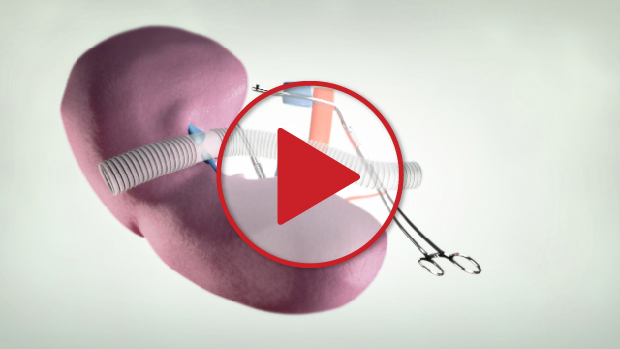Site Menu
- Home
- Procedures
- Bile Duct
- Liver
- Pancreas
- Transplant
- SPK transplant with common arterial graft
- Liver transplant - Left lateral lobe donor
- Liver transplant - Left lobe donor
- Liver transplant: Pediatric transplant recipient
- Liver transplant - Right lobe donor
- Liver transplant - Right lobe recipient
- Liver transplant - Segments 6/7 donor
- Bowel transplant - Isolated bowel transplant
- Techniques
- Complex
Cases
- Klatskin tumours: extended left hepatectomy
- Ante situm hepatic vein and caval reconstruction
- Extended left hepatectomy with ex vivo reconstruction of the RPPV
- Extended left hepatectomy with in situ cold perfusion
- Extended right hepatectomy with in situ cold perfusion
- Right nephrectomy/ adrenalectomy with right hepatectomy/IVC resection
- Segment IV resection (redo-hepatectomy)
- Segment VIII resection
- Ex vivo Whipple with small bowel auto-transplant
- Conferences
- Contributors
- Methodology
Other PIE sites
- PIE
- Advanced Cardiac Monitoring
- ALND surgery
- Awake Bronchoscopic Intubation
- Cardiac Anesthesiology
- Cardiac Embryology
- CV Pharmacotherapy Handbook
- Diagnostic Checklist
- Laparoscopic Cholecystectomy Video
- Malignant Hyperthermia
- Obstetric Anesthesia
- Point of Care Ultrasound
- Toronto Surgical Video Atlas
- Toronto Surgical Video Atlas Patient Teaching
- VIRTUAL Aortic Valve
- VIRTUAL Bronchoscopy
- Virtual Interactive Case System
- VIRTUAL Spine
- VIRTUAL Liver
- VIRTUAL TEE
- VIRTUAL TTE
External Links
Feedback
Donate to PIE
All contents copyright © 2011 - 2016 University Health Network. All rights reserved.


